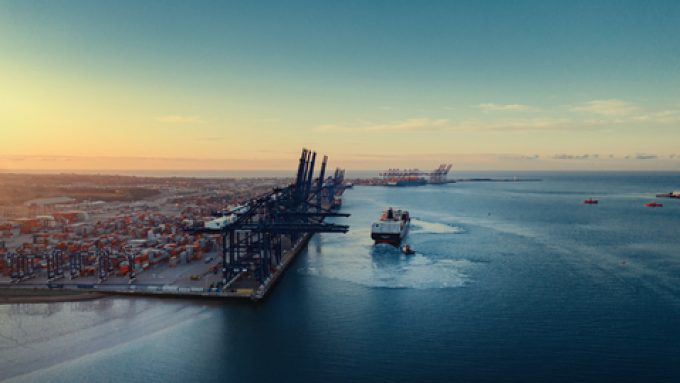Hauliers fear major challenges from port of Felixstowe's new booking system
The UK port of Felixstowe has sought to downplay the “challenges” hauliers will face from ...

Looking ahead to what could be a critical period for the logistics industry in Europe the dark clouds gathering over Germany and the UK in terms of labour relations in key ports will add to the already challenging market conditions experienced over the last two years.
The Felixstowe Port strike is expected to begin on Sunday, but the results of the Liverpool ballot were only announced on Monday and no firm dates for industrial action have yet been announced.
It is unlikely, ...
Volcanic disruption at Anchorage could hit transpacific airfreight operations
Macron calls for ‘suspension’ – CMA CGM's $20bn US investment in doubt
Forwarders stay cool as US 'liberation day' tariffs threaten 'global trade war'
Shippers snap up airfreight capacity to US ahead of tariff deadline
De minimis exemption on shipments from China to the US will end in May
Tighter EU import requirements proving 'a challenge' for forwarders
Looming Trump tariffs will create 'a bureaucratic monster' for Customs

Comment on this article